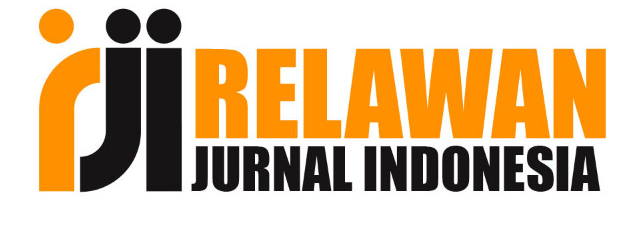Optimisasi Backpropagation Neural Network dalam Memprediksi IHSG
DOI:
https://doi.org/10.36982/jiig.v13i1.2066Abstract
Covid-19 has become a global epidemic and has spread to many countries in the world, including Indonesia. The COVID-19 pandemic is one source of uncertainty that causes financial data to fluctuate and cause data to be volatile. This outbreak had an impact on financial data, not only on the Rupiah exchange rate but also on the Jakarta Composite Index (JCI). The uncertainty of the JCI makes it difficult for investors, data managers, and business people to predict data for the future. JCI is one indicator of the capital market (stock exchange). The uncertainty of the JCI data causes the need for predictions, so that investors, data managers, and business people can make the right decisions so that they can reduce risk and optimize profits when investing. One of the factors causing the JCI's decline was sentiment caused by investor panic over the rapid spread of COVID-19 in various cities in Indonesia. This research uses Backpropagation Neural Network (BPNN) in making predictions and continues with optimization of BPNN using ensemble techniques. Historical data from the JCI used were obtained from yahoo.finance. The ensemble technique used consists of two approaches, namely combining different architectures and initial weights with the same data and combining different architectures and weights. The results of network performance using ensemble technique optimization show good performance and can outperform the individual network performance of BPNN.
Â
Keywords: prediction, JCI, Optimization, BPNN, volatile
References
Dyah Puspitaningrum (2006) Jaringan Syaraf Tiruan. Jakarta: Andi.
Efek, B., Pada, I. and Pandemi, M. (2021) ‘Vol : 9, No : 1, 2021 Jurnal Akuntansi dan Perpajakan Indonesia UNIMED’, 19(September 2020).
Jeong, D. Il and Kim, Y. O. (2005) ‘Rainfall-runoff models using artificial neural networks for ensemble streamflow prediction’, Hydrological Processes, 19(19), pp. 3819–3835. doi: 10.1002/hyp.5983.
Kannan, K. S. et al. (2010) ‘Financial Stock Market Forecast using Data Mining Techniques’, (March), pp. 15–20.
Kourentzes, N., Barrow, D. K. and Crone, S. F. (2014) ‘Neural network ensemble operators for time series forecasting’, Expert Systems with Applications, 41(9), pp. 4235–4244. doi: 10.1016/j.eswa.2013.12.011.Melin, P. et al. (2020) ‘Multiple ensemble neural network models with fuzzy response aggregation for predicting covid-19 time series: The case of mexico’, Healthcare (Switzerland), 8(2). doi: 10.3390/healthcare8020181.
Naftaly, U., Intrator, N. and Horn, D. (1997) ‘Optimal ensemble averaging of neural networks’, Network: Computation in Neural Systems, 8(3), pp. 283–296. doi: 10.1088/0954-898x/8/3/004.
Sciences, H. (2016) ‘済無No Title No Title No Title’, 4(1), pp. 1–23.
Siwek, K., Osowski, S. and Szupiluk, R. (2009) ‘Ensemble neural network approach for accurate load forecasting in a power system’, International Journal of Applied Mathematics and Computer Science, 19(2), pp. 303–315. doi: 10.2478/v10006-009-0026-2.
Suryaputri, R. V. and Kurniawati, F. (2020) ‘Analisis ISSI, IHSG, dan nilai tukar rupiah selama pandemi COVID-19’, Prosiding Konferensi Nasional Ekonomi Manajemen dan Akuntansi (KNEMA), 1177, pp. 1–17.
Yang, X. et al. (2019) ‘Novel financial capital flow forecast framework using time series theory and deep learning: A case study analysis of Yu’e Bao transaction data’, IEEE Access, 7, pp. 70662–70672. doi: 10.1109/ACCESS.2019.2919189.
Yin, Y. et al. (2017) ‘Collaborative QoS Prediction for Mobile Service with Data Filtering and SlopeOne Model’, Mobile Information Systems, 2017(2). doi: 10.1155/2017/7356213.
Zhang, P. G. (2003) ‘Time series forecasting using a hybrid ARIMA and neural network model’, Neurocomputing, 50, pp. 159–175. doi: 10.1016/S0925-2312(01)00702-0.
Downloads
Published
How to Cite
Issue
Section
License

This work is licensed under a Creative Commons Attribution-ShareAlike 4.0 International License.










